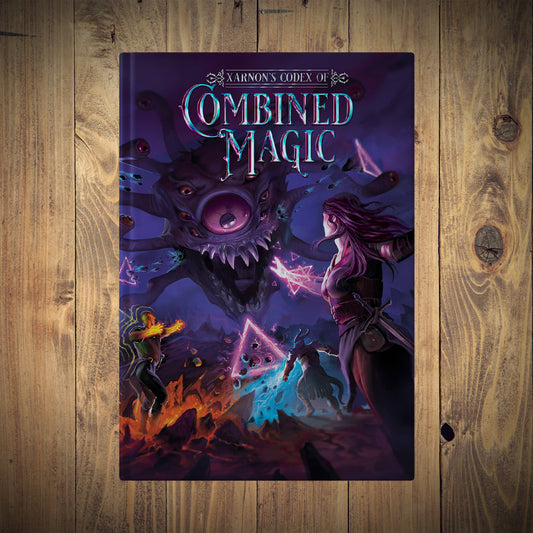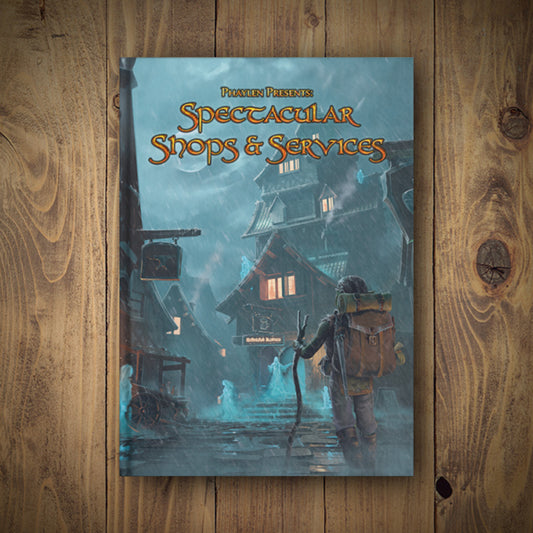
How to Personalize Your Spell-Casting Without Breaking the Rules
Share
You might ask, "Why in the world should I bother making a minor change to a Dungeons and Dragons spell? What's in it for me?" Personalization can enhance the game experience to match your character's concept, give you more creative control over your part of the story, and create fun moments you’ll remember for a long time.
In one of the games I DMed, the players called themselves “The Baker’s Dozen,” and we agreed that every time the magic user cast a spell, the air would fill with the smell of freshly baked bread. More on them later.

How do you personalize spells in D&D?
1. Consider What You Want to Change
Focus on minor physical aspects like sight, sound, and smell—simple changes that fit your character's theme. Also, think about how it applies to all your spells. You might have a great idea for Fireball, but what happens when you cast Charm Person? Or does anything happen?
2. Don’t Use This to Break the Rules
Personalization shouldn’t fundamentally change the spell. It’s not a loophole for avoiding the rules, like changing your Fireball so that it doesn't produce light or makes the sound like people whispering. If you’re trying to make changes like that, you’re essentially combining multiple spells or creating an entirely new one, which is more complex—and a topic we can cover another time (or check out our latest Kickstarter).
3. Talk with Your DM
Once you have a concept, talk it over with your DM. They have the final say. Most will agree to changes that complement your character without altering the mechanics or what's written in the rules.
4. Work Out the Details
Once you have a rough idea of how you want to personalize your spells, it's time to get into the specifics. Think about which aspects of the spell can be adjusted without altering its core function. The key is to keep the changes flavorful and thematic while still adhering to the rules.
Sight – Consider color or minor alterations to the spell's appearance. For example, a Fireball that explodes in green flames, Magic Missiles that look like arrows, or a faint blue glow around the caster as their hair blows upward in an unseen wind during the spell.
Sound – The sound of your spell can also add a personalized touch. Maybe your Fireball screeches like an eagle as it hurtles toward the target, or your voice deepens for the verbal components of your spells. You could even have an ambient effect, like music playing when a protection spell is active.
Smell – Often overlooked, smell is a powerful sense that profoundly impacts human memory. Adding this kind of detail can give your spell-casting a unique flair. For example, after casting a spell, the air might smell like freshly cut grass, your Cure Wounds spell could carry the scent of antiseptic, or your undead minions might reek of rot mixed with a faint hint of cinnamon.
5. Finalize with Your DM
Once you've worked out the details, double-check with your DM so they know what you're planning. If your personalization doesn't alter the spell's mechanics, most DMs will give the green light.

After you get approval, stick to your personalized effects and remind the group as you announce which spell you are casting. These small details can add a lot of flavor to the game world. For instance, in the campaign with “The Baker’s Dozen,” the group once burned down an inn (accidentally, of course), leaving no witnesses. However, the lingering smell of freshly baked bread made it pretty clear who was responsible—at least from the villagers' perspective. Let’s just say they never returned to that particular village.
Most importantly, have fun, it's your story.
Jesse




